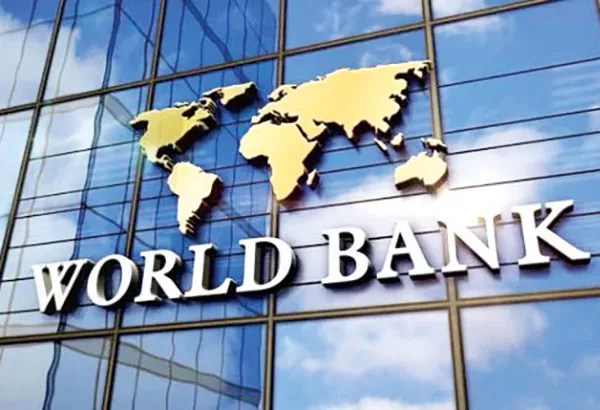WHO Funding Sources
WHO Funding Sources: and Dr. Fauci’s Role
🌍 WHO Funding Sources: and Dr. Fauci’s Role
The World Health Organization (WHO) plays a central role in coordinating global health responses. WHO Funding Sources from pandemics to vaccination programs. Understanding how it is funded, and how figures like Dr. Anthony Fauci connect to it, helps clarify both its influence and the politics surrounding global health.
💰 How the WHO Is Funded
The WHO is primarily funded through two types of contributions from its 194 member states:
Assessed Contributions — mandatory payments calculated based on each country’s wealth and population.
Voluntary Contributions — additional funds donated by countries, organizations, and private entities for specific programs.
For 2020–2021, the WHO’s biennial budget was about $5.84 billion. Of that, roughly 80% came from voluntary contributions, which means much of WHO’s funding is earmarked for particular initiatives rather than general operations.
🇺🇸 The United States’ Role – WHO Funding Sources
Before 2020, the United States was the WHO’s largest single contributor, providing about 15% of its total budget.
U.S. funds supported disease surveillance, emergency response, and vaccination campaigns worldwide.
However, during the COVID-19 pandemic, the U.S. temporarily suspended contributions under the Trump administration, citing concerns over WHO’s handling of early reports from China. Funding was later restored by the Biden administration in 2021.
🌐 Other Major Contributors – WHO Funding Sources
Other top WHO donors include:
Germany
United Kingdom
European Commission
Bill & Melinda Gates Foundation
Gavi, the Vaccine Alliance
World Bank
Private philanthropic organizations, such as the Gates Foundation, have become especially influential by funding disease eradication, vaccination, and health research programs. While their support enables large-scale action, critics note that heavy reliance on private donors can shift priorities toward specific agendas.
🧬 Dr. Anthony Fauci’s Connection to WHO
Dr. Anthony Fauci, longtime head of the U.S. National Institute of Allergy and Infectious Diseases (NIAID), was not a WHO employee but served as a key liaison between the U.S. and international health agencies, including WHO.
His roles included:
Representing U.S. public health science at WHO and UN briefings.
Supporting global vaccine research through collaborations with WHO’s scientific networks.
Advising on pandemic response and sharing U.S. data on viral spread and treatment outcomes.
During COVID-19, Fauci participated in global discussions coordinated by WHO, including the ACT Accelerator — a coalition for accelerating testing, treatment, and vaccine access.
🧩 Criticism and Transparency Issues – WHO Funding Sources
Both WHO and Fauci faced scrutiny during the pandemic:
Some questioned whether WHO’s early response was too influenced by member-state politics, particularly China’s communications in January 2020.
Others criticized Fauci’s shifting public guidance on masks and transmission, though these changes reflected evolving science rather than political pressure.
The U.S. congressional debates about WHO funding and oversight highlighted the need for transparency in how both global and national health agencies share data and make recommendations.
🔍 The Balance of Science and Politics – WHO Funding Sources
The pandemic underscored that global health decisions are not made in a vacuum. WHO must balance input from nearly 200 nations, while figures like Dr. Fauci balance domestic science with international coordination.
The result is often a mix of medical expertise and political compromise — necessary for cooperation, but vulnerable to criticism.
🩺 Our Take:
The WHO depends on diverse funding — from world governments to private donors — to operate global health programs. Dr. Fauci’s influence came through scientific collaboration rather than direct control.
Their partnership during COVID-19 revealed both the strength and fragility of global public health systems: strong in science, yet strained by politics and public skepticism.


